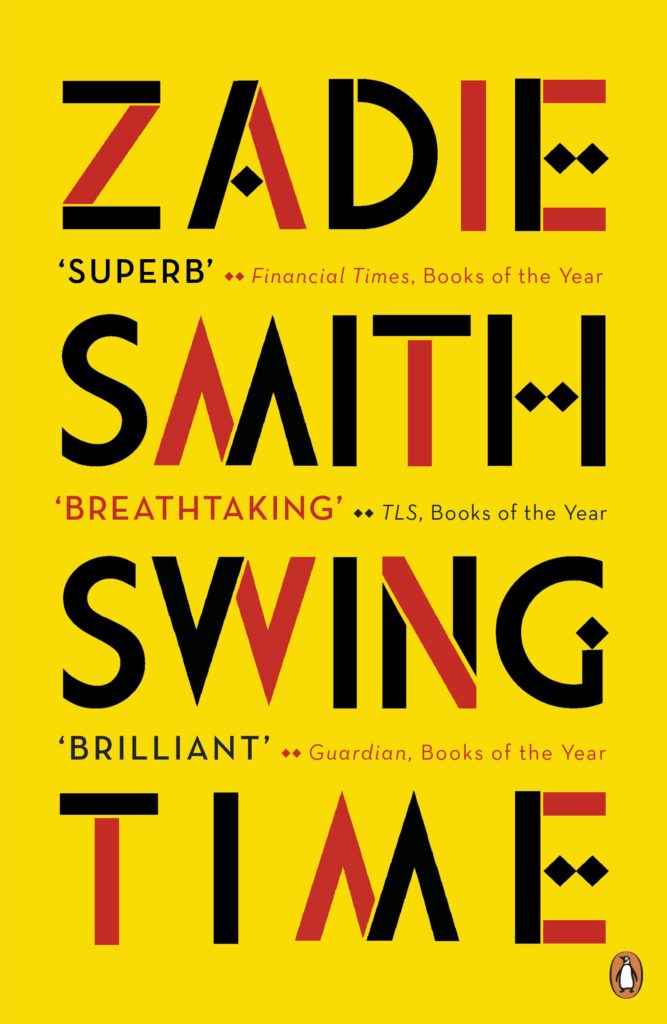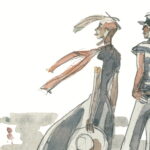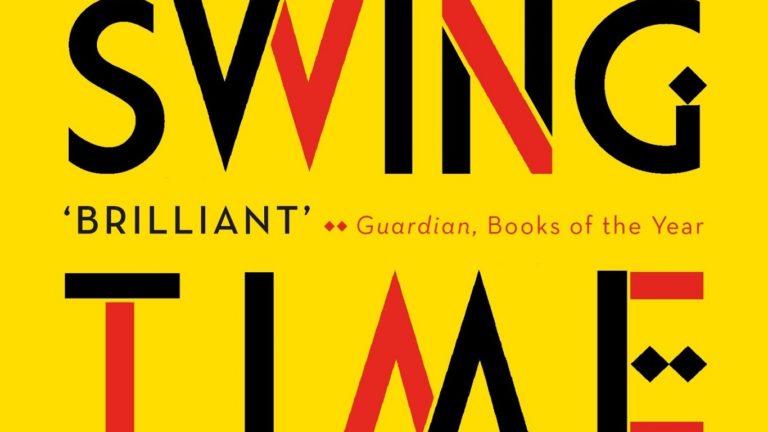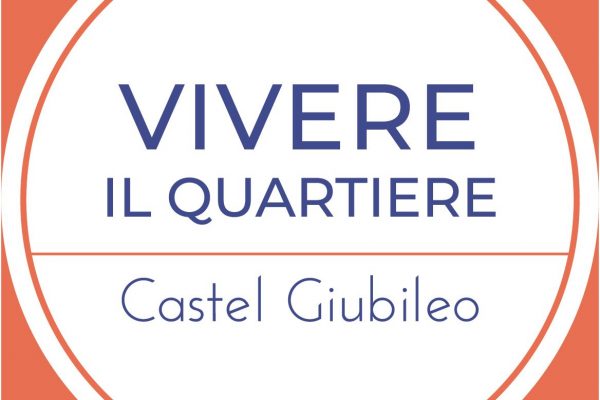Swing Time di Zadie Smith – recensione di Michelangelo Franchini con traduzione di Pierpaolo Prevete
Swing Time di Zadie Smith è qui recensito da Michelangelo Franchini, autore di Yawp, ossia un blog letterario collettivo nato nel 2005. The Serendipity Periodical, la cui redazione è sempre aperta a collaborazioni e interconnessioni esterne ha deciso da questo luglio di dare inizio a un ciclo di traduzioni delle recensioni Yawp di romanzi editi dalla nota casa editrice Penguin Random House.
Versione italiana

Il problema fondamentale è l’identità. Non è solo un fatto individuale, bensì un reticolato di persone e luoghi, credenze e aspirazioni. La direzione in cui è inscritta la nostra vita, che ci piaccia o no, che ci condiziona fin da subito, fin dall’infanzia, quando scegliamo istintivamente la forma più congeniale a esprimerci: in questo caso la danza. Forma d’arte squisitamente corporea che va quindi a intrecciarsi a propria volta con una serie di questioni storiche e dunque identitarie, risultando così perfettamente calzante rispetto a una narrazione che si propone di tradurre – e ci riesce – una serie di riflessioni, le stesse che potrebbero essere espresse in altro modo, in forma saggistica, in una storia. La storia di due bambine di razza mista che guardano Fred Astaire e Ginger Rogers, sognando di replicarne i passi. Sono profondamente diverse, le loro famiglie sono diverse, e così sarà per i loro destini: la protagonista – significativamente privata del nome dall’autrice – assistente di un’iconica star fittizia di nome Aimee, l’amica Tracey ballerina professionista. Il loro rapporto attraversa il romanzo e gli anni. In un alternarsi di passato e presente, le due si perdono e si ritrovano più volte, confrontando le varie sorti, una doppelganger dell’altra, amiche e rivali. Il confronto è infatti il cuore pulsante del romanzo. Non solo tra le due amiche, ma tra la protagonista e Aimee, la protagonista e la madre, e poi più in grande tra Occidente e Africa. La nostra identità ci pone in un determinato punto della scacchiera, e il rapporto con l’alterità ci pone in conflitto con la nostra visione del mondo. I personaggi di questo romanzo confliggono per diversità di visioni, si incontrano-scontrano sul terreno comune di relazioni umane minate da un pregiudizio ereditato, e soprattutto si fraintendono. Diverse interpretazioni del mondo: questo è un altro leitmotiv della narrativa di Zadie Smith, una conseguenza, quasi, del problema identitario: non solo chi siamo, in quale corpo siamo nati, in quale quartiere; ma anche chi decidiamo di essere, attraverso le nostre azioni. Le risposte sono diverse, antitetiche, e diventano crepe e poi spaccature nei rapporti sociali fra queste donne – il romanzo è quasi tutto al femminile – in cerca del proprio posto nel mondo. Con una prosa estremamente semplice, armoniosa, fruibile nella stessa maniera in entrambe le lingue – tanto che consigliamo l’esperienza della lettura in lingua originale anche a chi non fosse ferratissimo –, Zadie Smith ci accompagna in una narrazione classica, senza fronzoli – le è stata attribuita l’etichetta di realismo isterico, ma non pare calzante, né utile a descrivere il suo stile, come invece accade per Wallace. Non c’è dimensione metanarrativa, siamo lontani dagli intricati giochi del postmodernismo: qui abbiamo una storia, e tanto basta. Abbiamo dei personaggi e il loro affannarsi all’interno di un mondo, questo sì, postmoderno e postindustriale, in cui l’identità è una conquista interiore, qualcosa che va forse anche oltre l’acquisizione delle condizioni materiali, come la stabilità economica, il lavoro e così via, che contraddistinguono la vita adulta. In un’epoca di solipsismo letterario e di folle sperimentalismo masturbatorio, Zadie Smith ci dimostra ancora una volta che è possibile, ieri come oggi, raccontare la vita; romanzare una vicenda umana senza metafore o simboli – nient’altro che la vita, così com’è.
Per acquistare il volume in italiano: qui | ISBN 9788804675624
Michelangelo Franchini
English version
Identity is the main problem. It is not only an individual issue, but a grid, made of people, places, believes and ambitions. That’s the way in which our life goes, like it or hate it; it has influences on us, starting from the childhood, when we instinctively choose the best form of self-expression: dance, in this case. It’s an extremely corporeal form of art, intertwined with a series of historical matters, so identities. It is perfectly suitable, capable to translate more than a narration – and it work – a series of thoughts. These could be expressed through a story, like an essay, in other ways. This is he story of two young girl, belonging to different races, looking at Fred Astaire and Ginger Rogers, dreaming of replicating their steps. These girls are completely different, so are their families. Also, different will be their own destiny: the protagonist – her name misses due to the author – will be the assistant of the fake iconic star Aimee, the other girl, Tracey, will be a professional dancer. Their relationship goes through the novel and the years. In a past-present constant switch, the two girls get lost and meet again several times; one’s destiny is confronted with the other’s, one is the alter-ego of the other, they are friends and rivals. The confrontation is the core of the novel: not only a confrontation between the two friends, but also between the protagonist and Aimee, the protagonist and her mother; a confrontation between Western Society and Africa. Our identity places us in a specific spot on the chessboard, and the otherness clashes with our vision of the world. The characters clash because of different visions, they meet and diverge due to inherited prejudice, that undercuts the relationships between different humans; they also misunderstand each other. They have different interpretation of the world: it’s another leitmotif within Zadie Smith’s narration; it’s an effect of the identity issue: we don’t know who we are, in which body we were born, in which district we live. Through our actions, it’s an issue who we decide to be too. Answers are different, antithetical, and they become cracks, then holes in social relationships between these women – it’s almost all female novel – that are looking for their place in the world. Through a very simple, pleasant prose, fruitful in the same way in both the languages it is written – we suggest the audience to read the novel untranslated, even though the linguistic knowledge is not so high – Zadie Smith goes with us through a clear, classic narration – she was given the “hysterical realism” label, although it is neither suitable nor useful to describe her style (Wallace could be labelled in this way). There is no meta-narration, we are way far from post-modern twists: this is a story, period. There are characters and their worries within a post-modern and post-industrial world. Here the identity is an inner achievement, something beyond the material acquisition, such as welfare, a job and other adulthood features. In an era that is full of literary solipsism and mad masturbating experimentalism, Zadie Smith shows us one more time that is possible to narrate the life, as it is once used to. It’s to romanticize a human tale without metaphors or symbols – nothing but the life, as it is.
Per acquistare il volume in inglese: qui | ISBN 9780143111641
Pierpaolo Prevete









